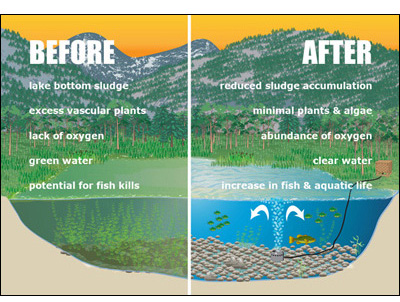Marsh Lake Restoration
Human settlements have been centered around waterbodies for thousands of years. During this time, these bodies have played an essential role in human societies. Sadly, these natural resources have suffered degraded as a result of anthropogenic activities such as pollution, encroachment, ungoverned tourism, and cultural misuse. In addition to being a potential source of water pollution, these waterbodies are also vulnerable to other threats.

